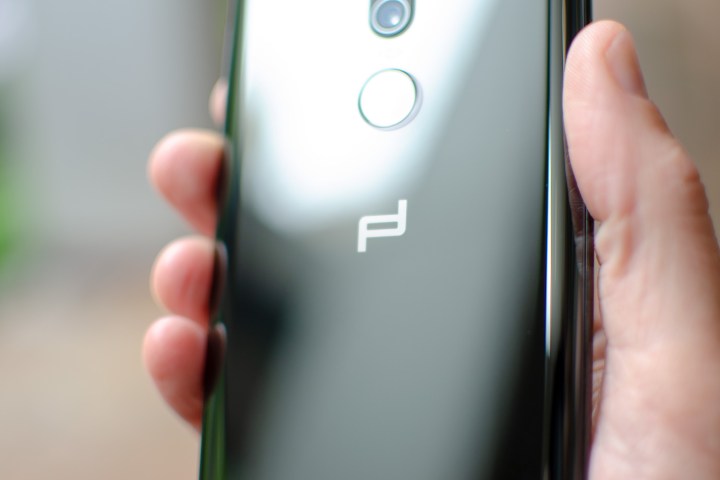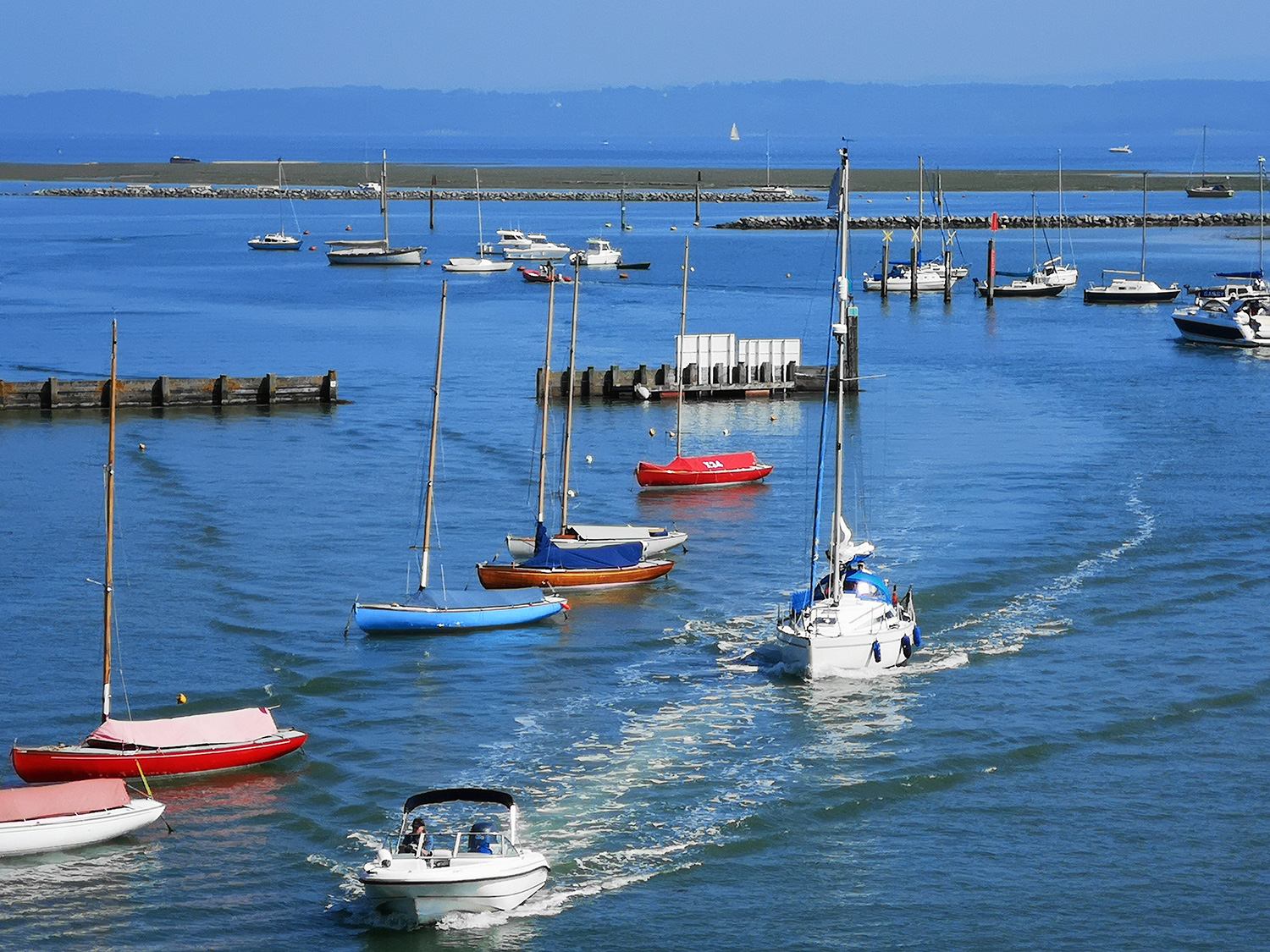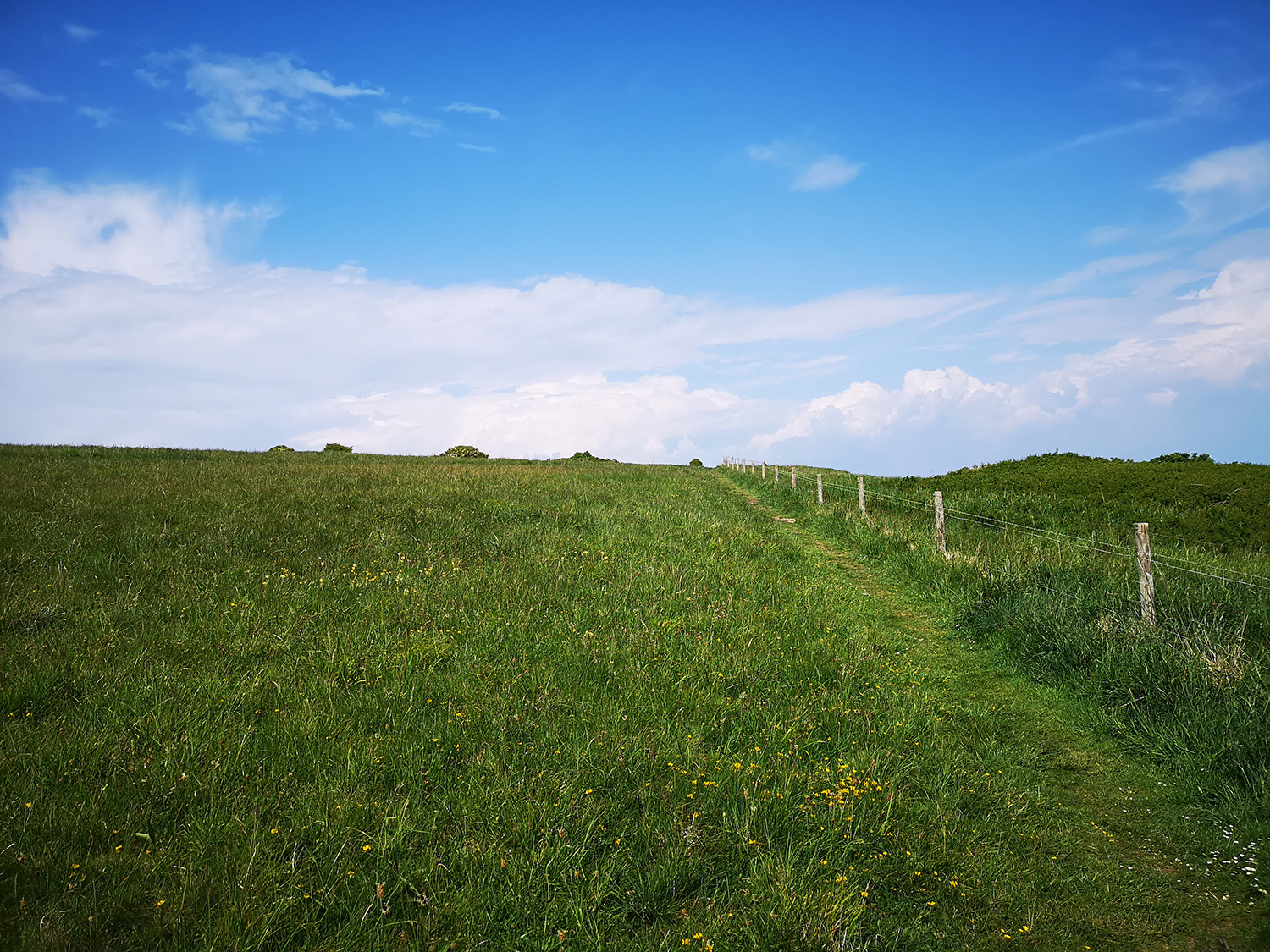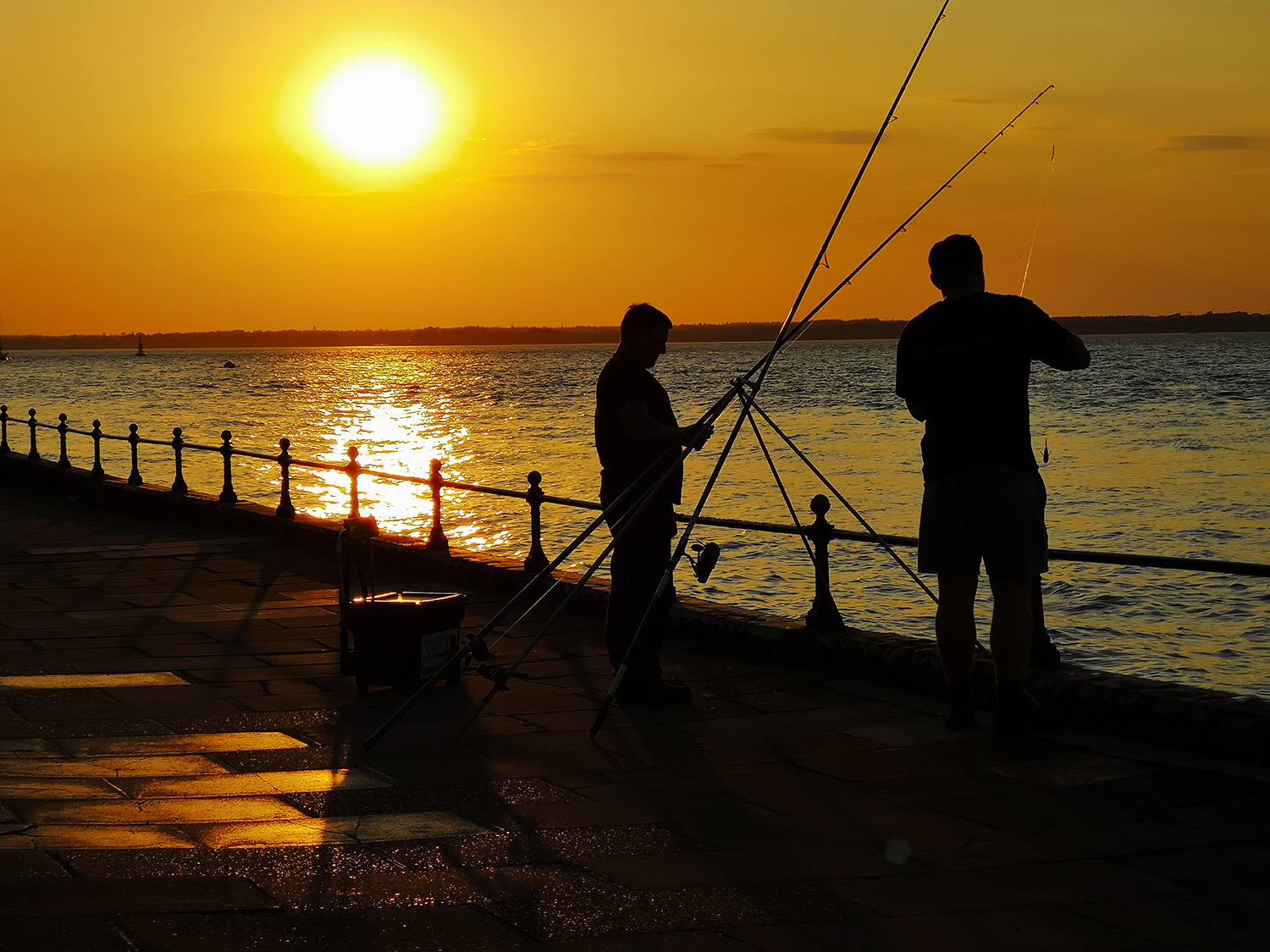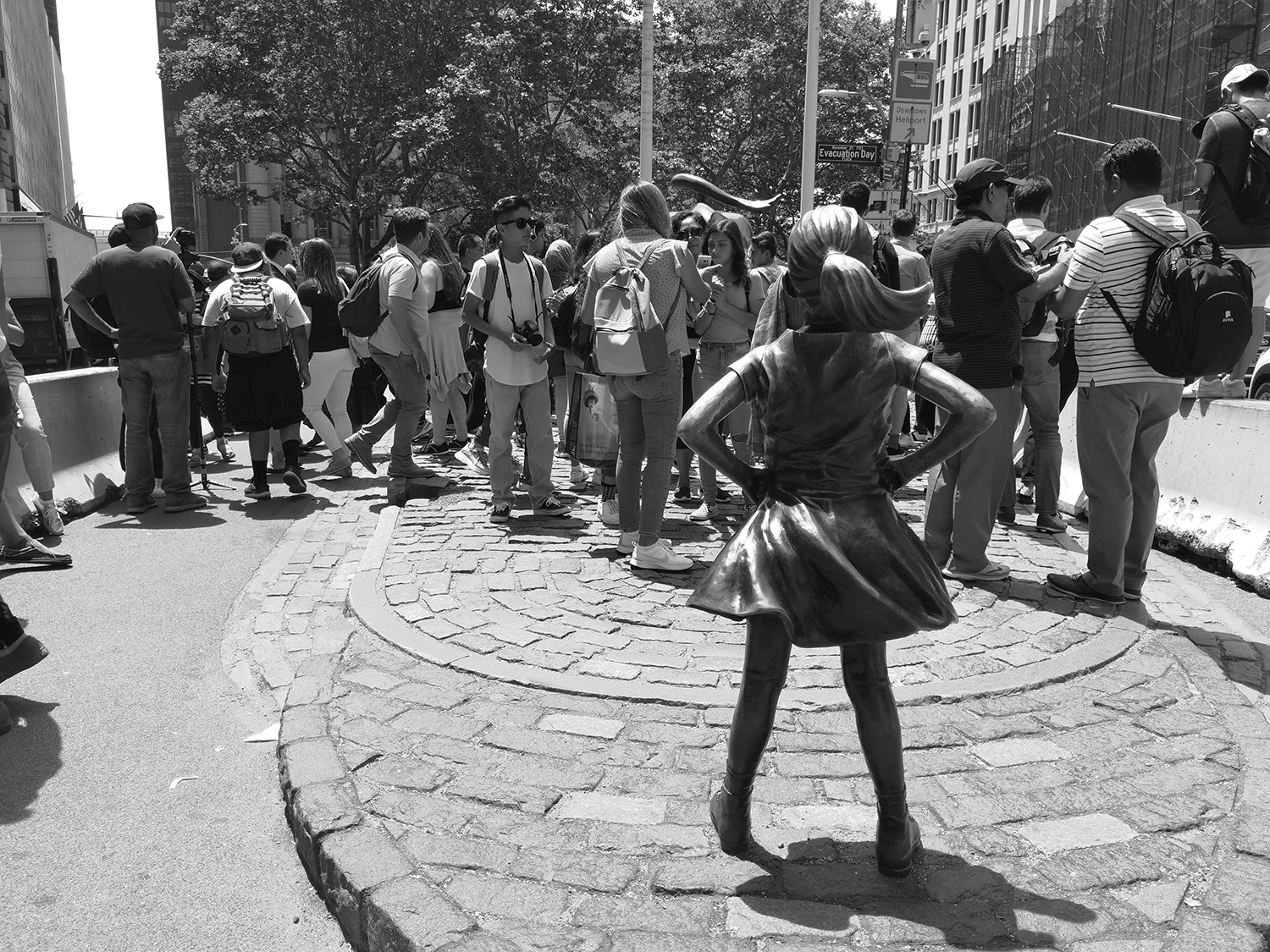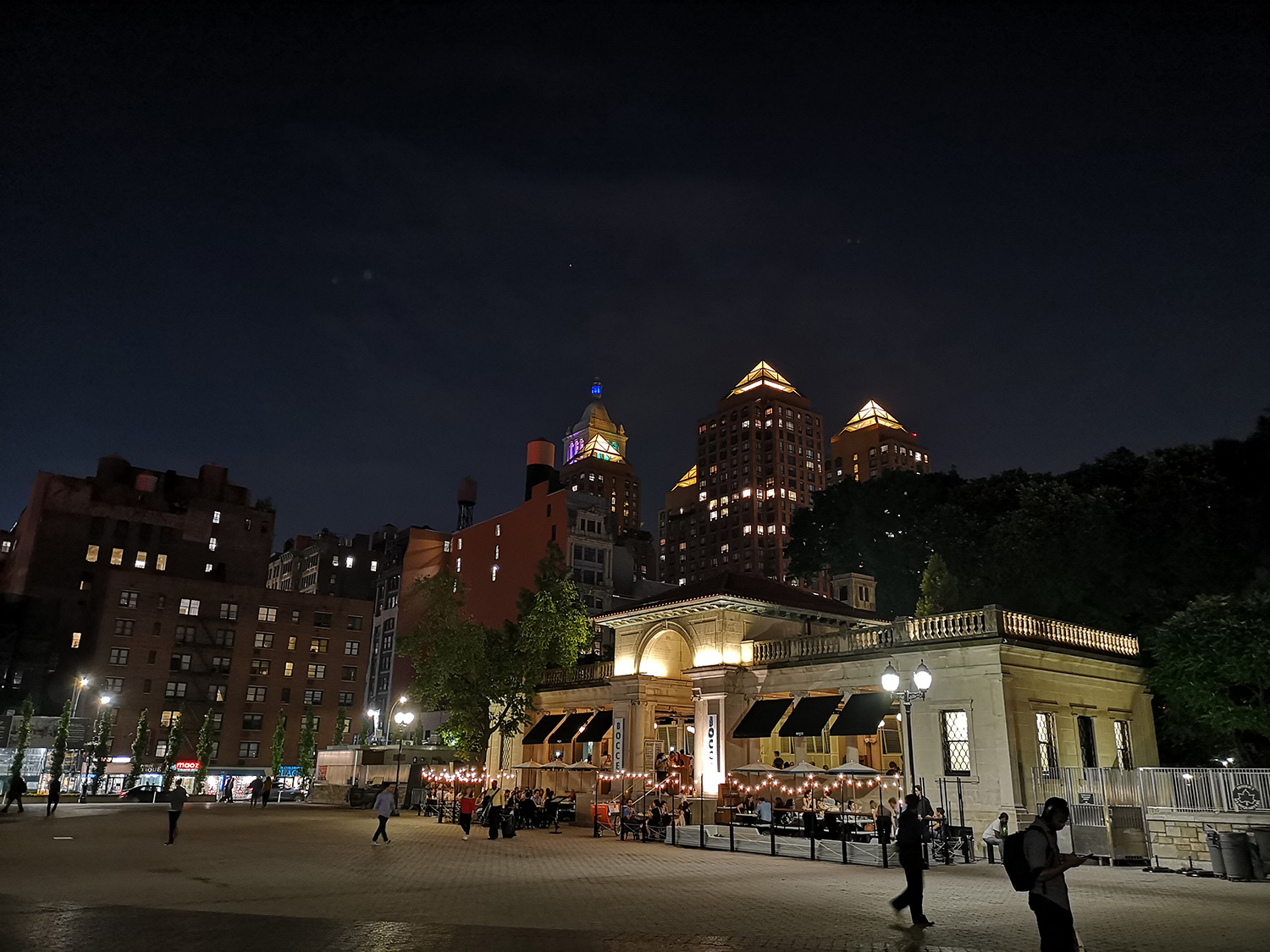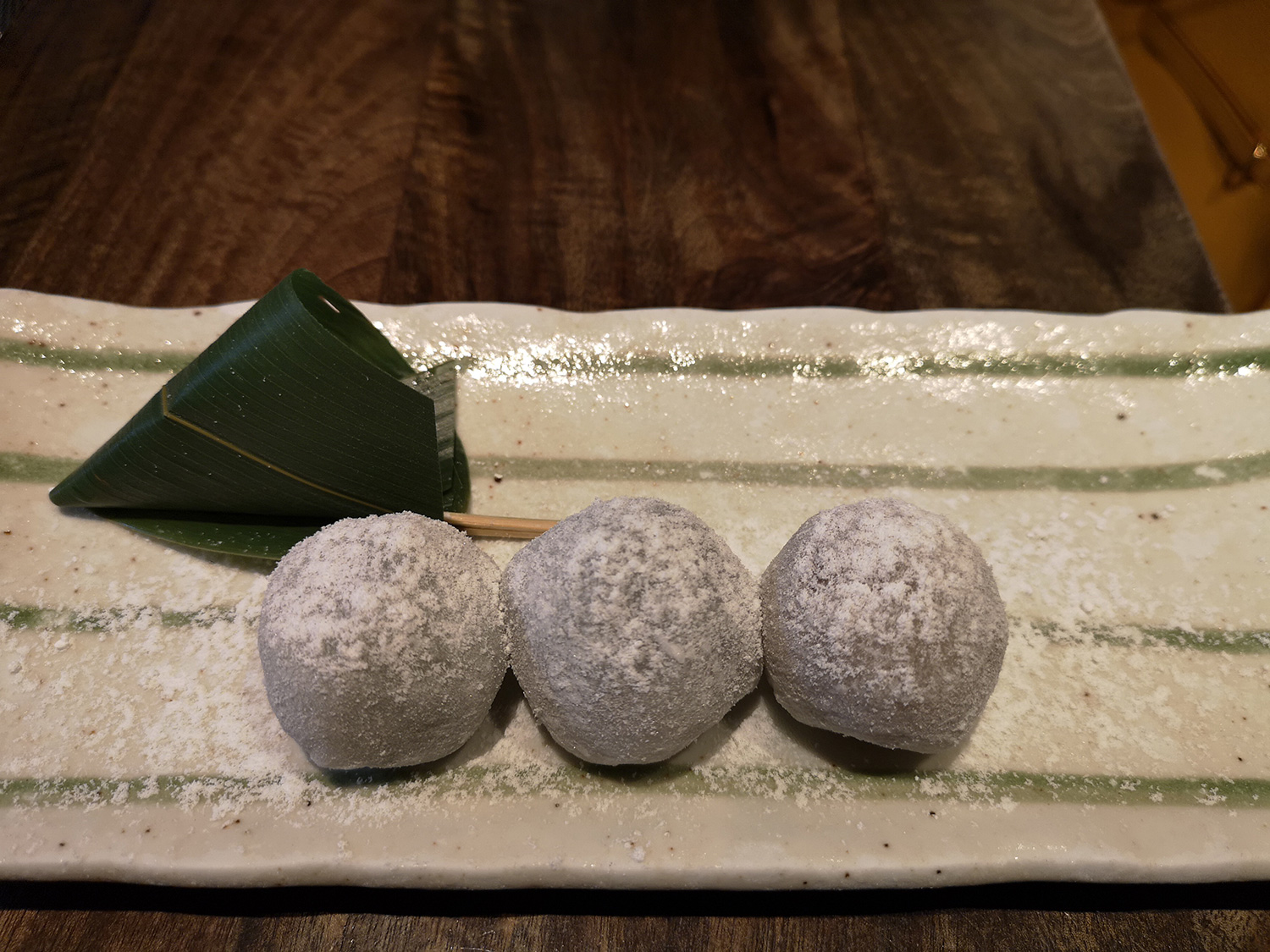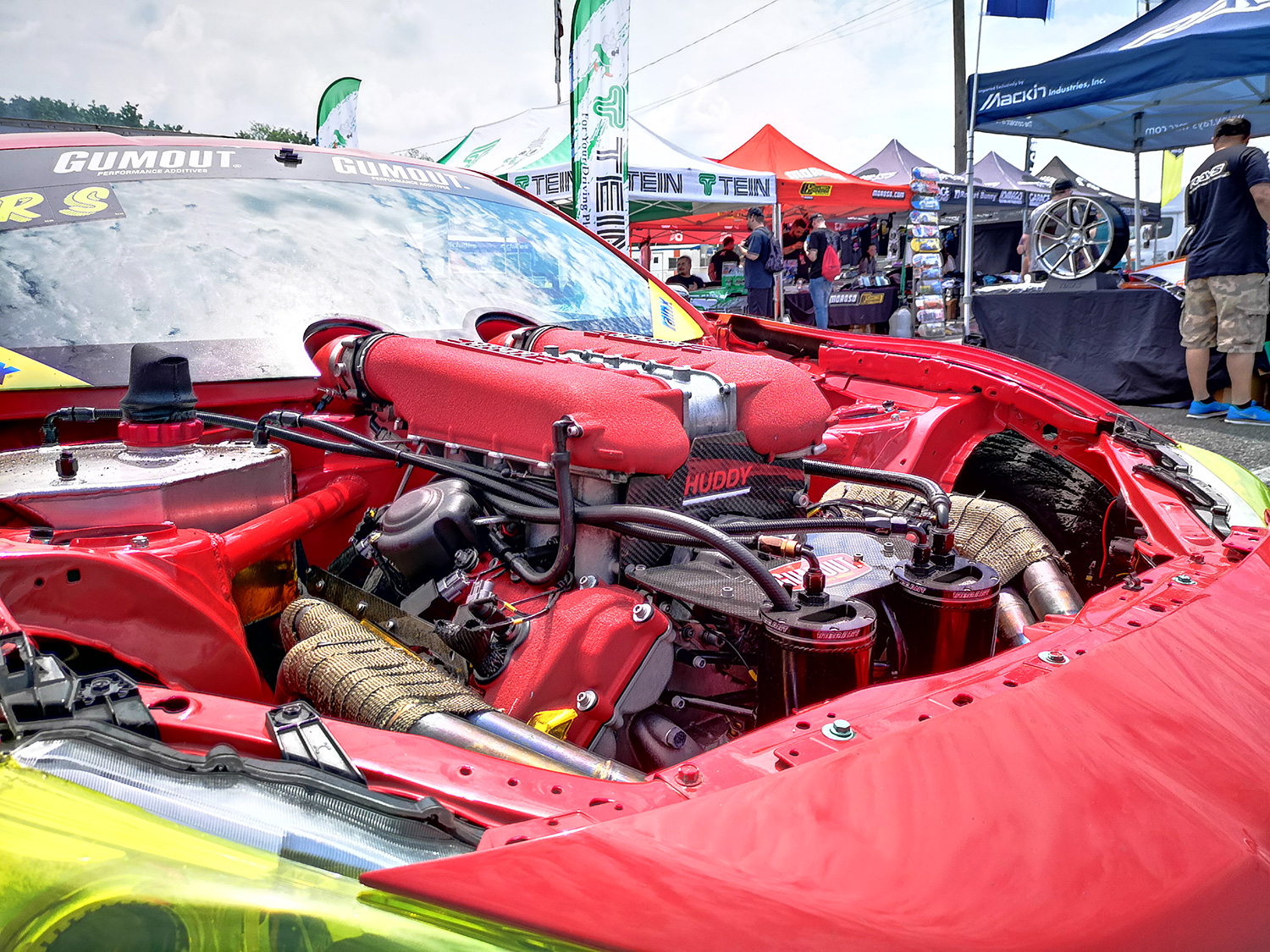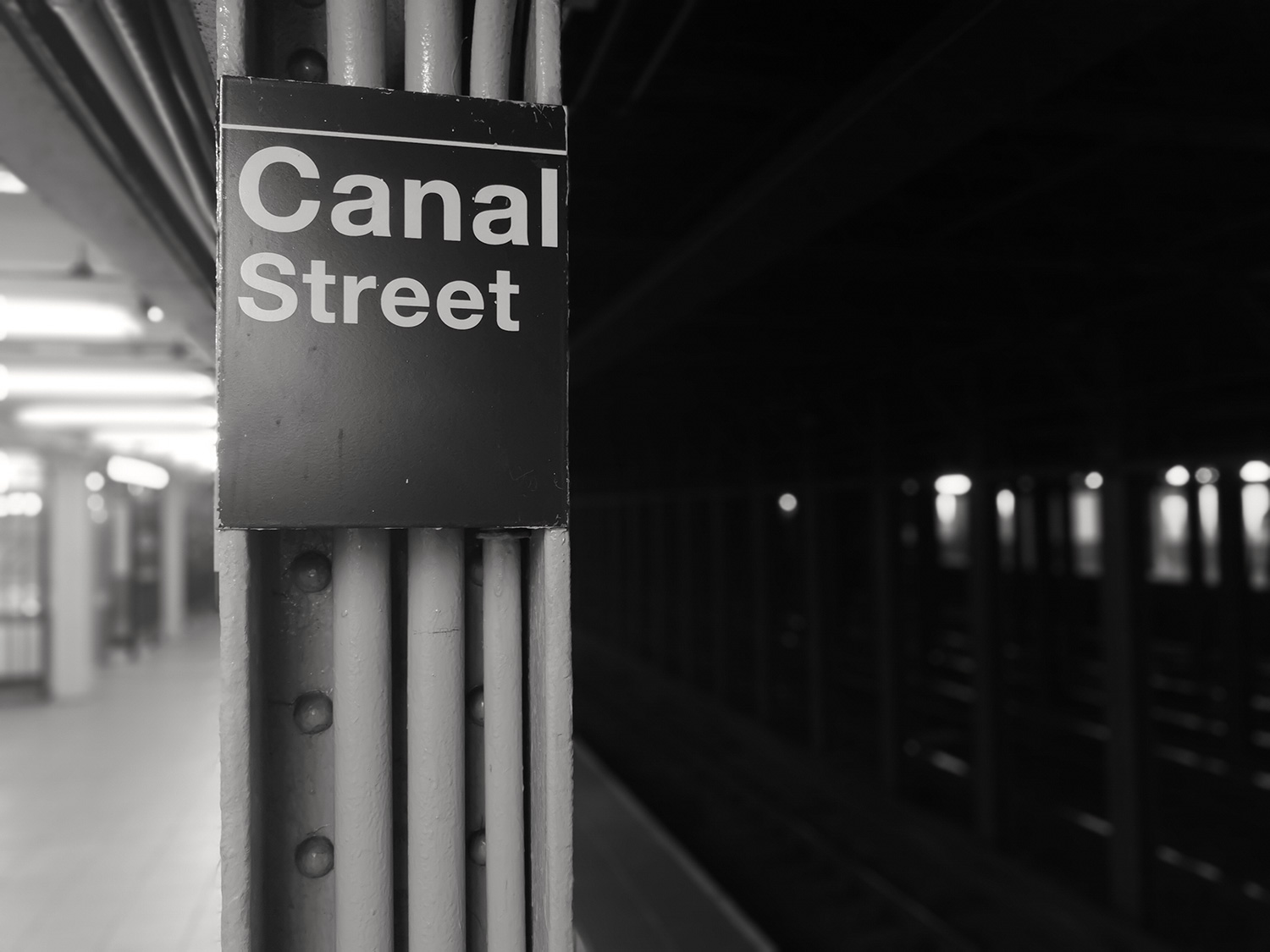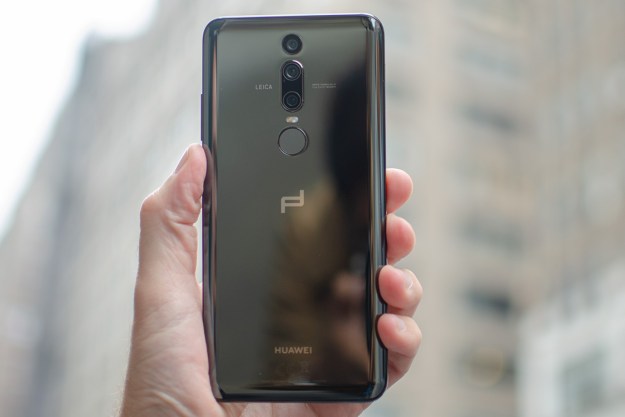
“The Mate RS is stunning and has an amazing camera, but it’s not worth the extra over the Huawei P20 Pro”
- Great design and style
- Astonishing camera
- Plenty of power and storage
- Excellent screen
- In-display fingerprint sensor is unreliable
- Very expensive
- Fragile glass body
When Digital Trends visited Porsche Design at its headquarters in Zell Am See, Austria, we got a clear overview of why the new Mate RS phone looks and operates the way it does. It fits in perfectly with the design studio’s philosophy, and its long history of products.
We’ve now been using the phone for a couple of weeks, giving us the chance to establish whether it’s worth the additional cost over the already-expensive Huawei P20 Pro, a phone it shares many features with. Design is one thing; but this is a device we have to live with and use every day, and it needs to do more than simply look good.
Beautiful design
The Porsche Design Huawei Mate RS is beautiful; heart-wrenchingly and pick-me-up-and-caress-me attractive. The proportions are just so right, and it’s something that’s impossible to fully understand until you hold the phone. Porsche Design altered the look of the rear panel compared to the P20 Pro, mounting the camera sensors centrally, in-line with a fingerprint sensor, the PD logo, and the flash unit. Symmetry is essential in a Porsche Design product.
If you like reflective phones, then prepare yourself for an almost completely mirrored surface on the back of the Mate RS. It’s a great illustration of Porsche Design’s deep involvement in the way the phone looks, as it refined the amount of mirror finish down to its exact liking. Yes, it gets covered in fingerprints, and yes it will probably smash if you drop it — but it does turn heads.
Heart-wrenchingly and, pick-me-up-and-caress-me attractive.
It’s very comfortable to hold, without sharp edges, and while it’s reminiscent of the Galaxy S9 Plus in its overall shape, it nestles in the hand more naturally. Every part of the Porsche Design Mate RS’ design is exactly right. There isn’t one wrong step, one aspect that looks out of place, or superfluous flourishes that add nothing to the final product. It’s a wonderful illustration of what designers, unfettered by the constraints of budget or committees, can do with a smartphone.
Here’s a piece of advice: The black version is great, but for maximum visual impact, get the gorgeous red model. It’ll make you swoon.
No notch screen, decent battery life
There’s no notch here, which goes against Porsche Design’s rigid stylistic ethos. It’s arguably all the better for it, because although Huawei will likely tell you the P20 Pro’s screen notch enables a greater screen-to-body ratio, it’s not pretty. The Mate RS’ screen is better looking with a big enough 6-inch screen at 2,880 x 1,440 pixel resolution.

The AMOLED screen excels in almost every way. Whether it’s YouTube videos, photos taken with the camera, or just scrolling through Facebook, it’s stunning. It’s not immediately better to look at than the P20 Pro’s screen for gaming and video, but it does have a higher resolution, so it looks sharper.
The AMOLED screen excels in almost every way.
Interestingly, both the P20 Pro and the Mate RS have 4,000mAh batteries with Huawei’s SuperCharge fast-charging technology. The P20 Pro returns two days of use on a single charge, and is shockingly frugal with its power for a modern, high performance smartphone. The Mate RS can’t match it, strangely, with a day of strong use ending with between 20 and 30 percent of battery life remaining. On one heavy day’s use with GPS and photography, it was ready to die at 8pm.
The difference is confusing, as the phone has the same processor and software. While it may be optimization and the slightly different screen resolution, there may be another reason for the difference, which we’ll look at next. The Mate RS does have wireless charging though, which is missing on the P20 Pro.
Biometric security
Porsche Design likes to ensure that hardware with its name is the best you can get. The Mate RS has special heat-dissipating technology, and is one of the first to come with a massive 512GB of internal storage space. The other cutting-edge feature is the in-display fingerprint sensor; but instead of being a standout, it’s by far the worst thing about the Mate RS.

We’ve used a phone where the technology worked almost perfectly — a Vivo phone — and it’s well-documented that other companies are struggling to make a similar system operate reliably. Most have done the sensible thing and kept it out of phones that actually go on sale. Huawei and Porsche Design didn’t, and fitted one to the Mate RS. What’s the problem? It doesn’t always work. We’ve used two different Mate RS phones and had the same problems each time.
The in-display fingerprint sensor could be forgiven if it worked, but it doesn’t.
It’s very dependant on the way you register, and then touch the screen, as to whether it’s going to work. Many fingerprint sensors like you to move your print around during registration; but the Mate RS doesn’t. Get registration right and it’s way more reliable, but not perfect. And for many people, re-registering fingerprints to get it working will be a frustrating step too far. We set up Face Unlock instead, and that unlocks the phone much faster than the in-display fingerprint sensor.
The two companies know it’s a finicky thing too, because there is a regular fingerprint sensor on the back of the phone, which works all the time, every time. It does feel like “cutting-edge tech” for the sake of it, and we’re pretty sure its existence is not doing the battery life many favors either. These sensors often continually monitor for your finger, pulling much needed power away from the rest of the phone.
Brilliant camera
From the ridiculous to the sublime, the Mate RS has a carbon copy of the Huawei P20 Pro’s tremendous triple-lens camera, and it’s an utter delight. It’s made up of a 40-megapixel RGB lens with an f/1.8 aperture, a 20-megapixel monochrome lens with an f/1.6 aperture, and an 8-megapixel f/2.4 aperture lens — all of which have been built with Leica’s expertise. You can take 5x hybrid zoom images with no detail lost, massive 40-megapixel single shots, slow-mo video at 960fps, and stunning true black and white stills. That’s before you play with the various portrait and bokeh modes, the Pro mode, and the astonishing Night Mode.
We’ve already sung the praises for the P20 Pro’s camera in our review, and in a camera shootout, and the story is the same for the Mate RS. It’s the number one reason to buy the phone, and it opens up creative doors that no other smartphone comes close to providing. It’s not just that we want to take photos with the Mate RS and the P20 Pro — we want to use it over and above any other capable smartphone camera. It’s really that good.
The Mate RS and P20 Pro demonstrate the speed and power of on-device artificial intelligence like no other phone on sale today.
The artificial intelligence features will split opinion. For example, we like the way it automatically enters close-up mode when an object is close to the lens, and the scene recognition is very effective. We also like the horizon meter that appears to keep everything straight in the photo. But some won’t like the changes to the photos when the camera switches scenes. Greenery and Blue Sky can over emphasize colors, and the end result won’t be to everyone’s liking. The good news is you can turn off the alterations for each photo, or permanently, if you prefer.
Regardless of whether you like the image settings, the Mate RS and P20 Pro demonstrate the speed and power of on-device artificial intelligence like no other phone on sale today.
Software and performance
The Mate RS runs Android Oreo 8.1 with version 8.1 of Huawei’s EMUI interface over the top. On our review model, the March 2018 Android security update was installed. This makes it identical to the P20 Pro, aside from some Porsche-themed wallpapers, fonts, and a ringtone. It is powered by a Kirin 970 processor with 6GB of RAM, which is again the same as the P20 Pro. The difference comes in the internal storage, with Mate RS buyers choosing between 256GB or 512GB, rather than the 128GB available inside the P20 Pro.
We noticed no difference in everyday performance between the two phones, and the Mate RS was stable, reliable, and speedy. It ran all the apps we wanted, at the time we wanted them. It’s also worth pointing out that inside the Mate RS is a modem capable of connecting to international 4G LTE networks, and it worked without a problem on the AT&T network in the U.S.
Let’s check the benchmarks:
- Geekbench 4 CPU: 1,918 single-core; 6,822 multi-core
- AnTuTu 3DBench: 208,275
- 3DMark Sling Shot Extreme: 3,332 (Vulkan)
These are near identical to the scores from the P20 Pro, which isn’t a huge surprise. On paper, it can’t match the Galaxy S9 Plus, but it trounces the Pixel 2 XL. Benchmark scores aren’t the end-all and be-all of performance, though. Under normal conditions, and even heavy use, the Mate RS performed without any problems.
Price, warranty, and availability
How much do you like and respect Porsche Design? If it’s anything less than a lot, you’ll not be impressed by the price of the Mate RS. The 256GB version is on sale through the Porsche Design online store for 1,550 euros, or around $1,825 at the conversion rate as of publication. It’s not for sale officially in the U.S.
In the U.K., the Mate RS can also be purchased without a contract through high street retailer Carphone Warehouse, where the 256GB model costs 1,500 British pounds, or just over $2,000.
For comparison, the Huawei P20 Pro can also be purchased from Carphone Warehouse for 800 British pounds, or about $1,070. That’s quite a difference for a phone that’s very similar outside of design, especially as the P20 Pro has the same camera — which is the primary selling point on both phones.
Our Take
You can get everything the Porsche Design Huawei Mate RS does best on a phone that costs half as much — the Huawei P20 Pro — and its a massive struggle to find a compelling reason to splash out the extra.
What are the alternatives?
The prime alternative to the Porsche Design Huawei Mate RS is the Huawei P20 Pro, which has the same triple-lens camera and AI features, plus a longer-lasting battery, an equally eye-catching color scheme, and the same degree of performance. For half the price. Unless money is no object, you’d be mad to buy the Mate RS over the P20 Pro.
Porsche Design’s involvement ensures the Mate RS has few parallels if we’re comparing like-for-like, in that few big-name design houses with strong reputations and a serious philosophy get involved to the degree PD has with Huawei. The Mate RS is almost unique in that respect, and its high price ensures it will remain very exclusive in the smartphone world, which some may consider a good reason to buy one.
However, ignoring its heritage and comparing the Mate RS’ performance and ability with the rest of the smartphone market, more choices open up. The Samsung Galaxy S9 Plus has a great camera and plenty of power, with a very attractive screen and design. The Pixel 2 XL is always a strong choice with its stock Android operating system and a great camera, as is the iPhone X. The OnePlus 6 offers great value for money and a decent if unremarkable camera, but if you’re looking seriously at the Mate RS, it may not provide the desired level of exclusivity.
How long will it last?
We’d expect the phone to last for more than two years, and Huawei’s software algorithms promise to keep it smooth and speedy for a good amount of time too. You get IP67 water resistance, but it’s by no means a rugged body, so it’s quite fragile. Inside the box is a folio style case which we’d definitely recommend using if you want to keep the phone looking its best.
Huawei does deliver software updates, but not on quite the regular basis we’d like. Both the Mate RS and the P20 Pro may or may not receive speedy updates to Android P, and the phone is already behind on monthly Android security updates.
Should you buy one?
No. Buy the Huawei P20 Pro instead and use the remaining money to pay for a weekend away somewhere photogenic, and put the fantastic camera to the test. You won’t regret it.

